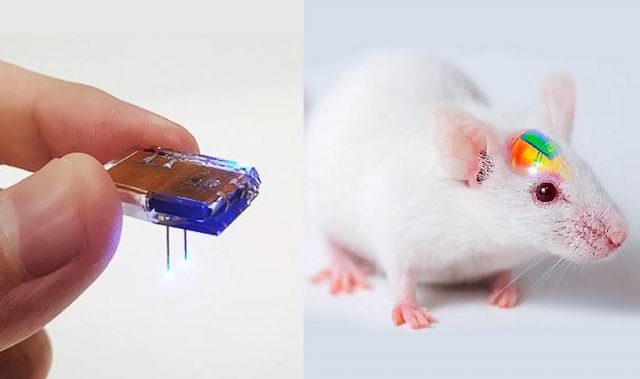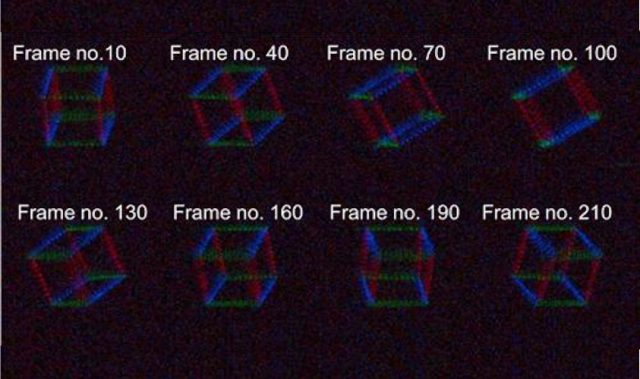
AsianScientist (Jan. 18, 2018) – A research group in South Korea has fabricated highly efficient organic light-emitting diodes (OLEDs) on an ultra-thin fiber. They published their findings in the journal Nano Letters.
The OLEDs in existing fiber-based wearable displays exhibit much lower performance compared to those fabricated on planar substrates. In terms of tensile strength and conversion of electrical energy to light, fiber-based OLEDs still lose out to their planar counterparts.
In this study, a team of scientists led by Professor Choi Kyung Cheol at the Korea Advanced Institute of Science and Technology in South Korea developed a dip-coating method that is compatible with the three-dimensional structure of fibers. The team found that the solution-based process used in the fabrication of planar OLEDs could be easily applied to fibers without any reduction in performance. Their fiber OLEDs exhibited luminance and current efficiency values of over 10,000 cd/m2 (candela/square meter) and 11 cd/A (candela/ampere).
The team also verified that the fiber OLEDs withstood tensile strains of up to 4.3 percent while retaining more than 90 percent of their current efficiency. In addition, they could be woven into textiles and knitted into clothes without causing any problems.
Moreover, the technology allowed OLEDs to be fabricated on fibers with diameters ranging from 300 micrometers down to 90 micrometers—thinner than a human hair, which attests to the scalability of the proposed fabrication scheme.
Noting that every process is carried out at a low temperatures, approximately 105 degrees Celsius, fibers vulnerable to high temperatures can also employ this fabrication scheme.
“Existing fiber-based wearable displays had limitations for applicability due to their low performance. However, this technology can fabricate OLEDs with high performance on fibers. This simple, low-cost process opens a way to commercialize fiber-based wearable displays,” said Choi.
The article can be found at: Kwon et al. (2017) Weavable and Highly Efficient Organic Light-Emitting Fibers for Wearable Electronics: A Scalable, Low-Temperature Process.
———
Source: Korea Advanced Institute of Science and Technology.
Disclaimer: This article does not necessarily reflect the views of AsianScientist or its staff.












